
The Industrial Heritage of Tallinn Set for a New Lease of Life
What is the image conjured up by the phrase ‘the industrial heritage of Tallinn’? Is it the Creative Hub (Kultuurikatel), Rotermann Quarter or perhaps Noblessner Foundry (Valukoda)? Henry Kuningas resorts to outstanding examples to describe the main features implemented in the reconstruction of the industrial heritage in the past two decades.

1-2025 (119): Baltic Extra
Estonia, Latvia, and Lithuania, collectively known as the Baltics, are three small countries that most of the world finds pretty much indistinguishable. As a geopolitical term, ‘the Baltics’ took root only in the 20th century. The more distant past and cultural history of the three countries differ on several levels.
Perhaps it is namely in defiance against externally imposed homogenising simplifications that we tend to turn to more distant places for inspiration and view local trends and tendencies as something confined only to national borders. However, anxious times encourage unity, urging us to discover and interpret our identities ourselves instead of letting others define us. In order to be carried and consolidated not only by fear, but also joy, pleasure, and curiosity we invite to discover commonalities and peculiarities of the Baltic countries!
Wide breadth, blurred boundaries, ambiguous endings and beginnings—the charm of the Baltic condition is not easy to grasp. But as Latvians say, per Reinis Salins: ‘Katram savs stūrītis’ (‘Everyone has their own corner’).

Limestone in 21st-century Estonian Buildings
Architect Johan Tali, landscape architect Merle Karro-Kalberg, architect Siiri Vallner, project manager Priit Õunpuu and interior architect Hanna Karits discuss their experiences of using limestone in recent projects.
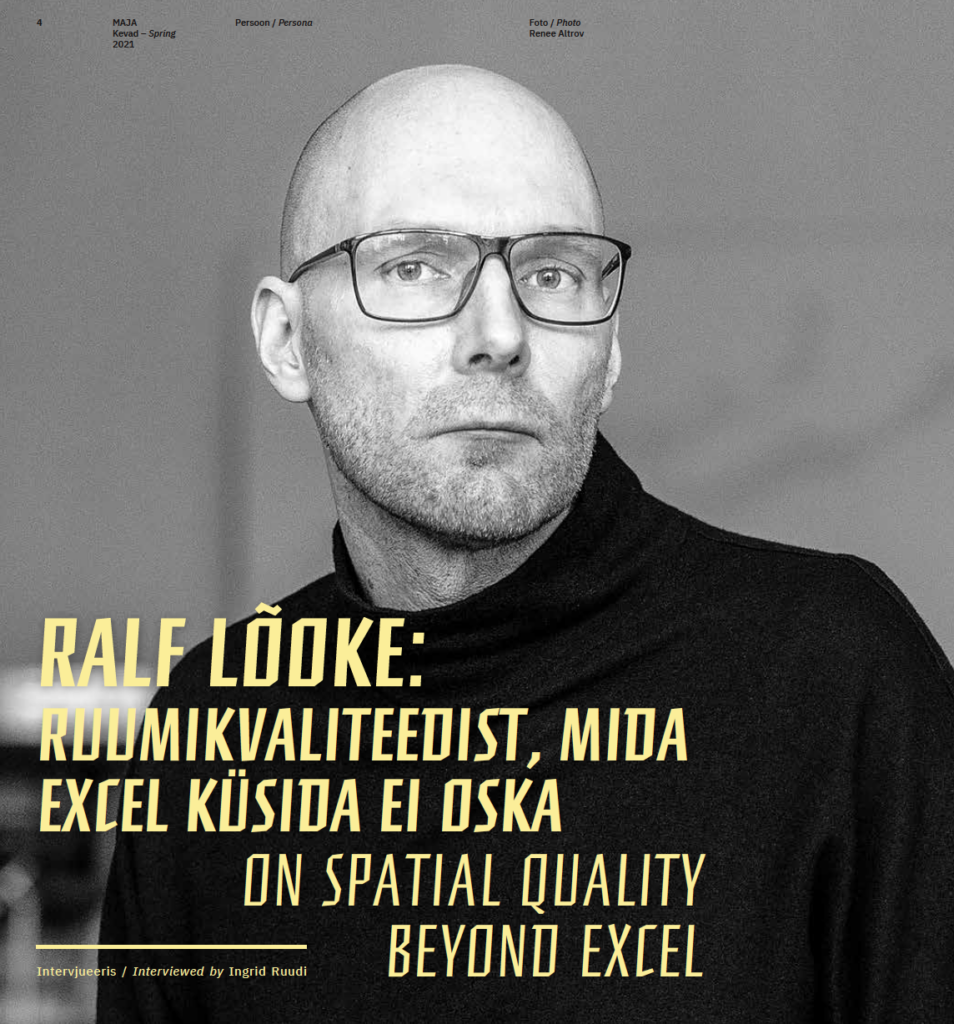
Ralf Lõoke: On Spatial Quality Beyond Excel
Teist põlve arhitekt Ralf väidab, et tal ei ole eriala suhtes illusioone; seda muljetavaldavama järjekindlusega seisab ta projekteerimisprotsessis arhitektuurse tuumidee säilimise eest. Arhitektiks olemine defineerib Ralfi kogu tegevust ja maailmavaadet töötegemisest reisimiseni – võib-olla ainult muusikal õnnestub hetkiti samavõrdse tähelepanu eest võistelda. Küsis Ingrid Ruudi.
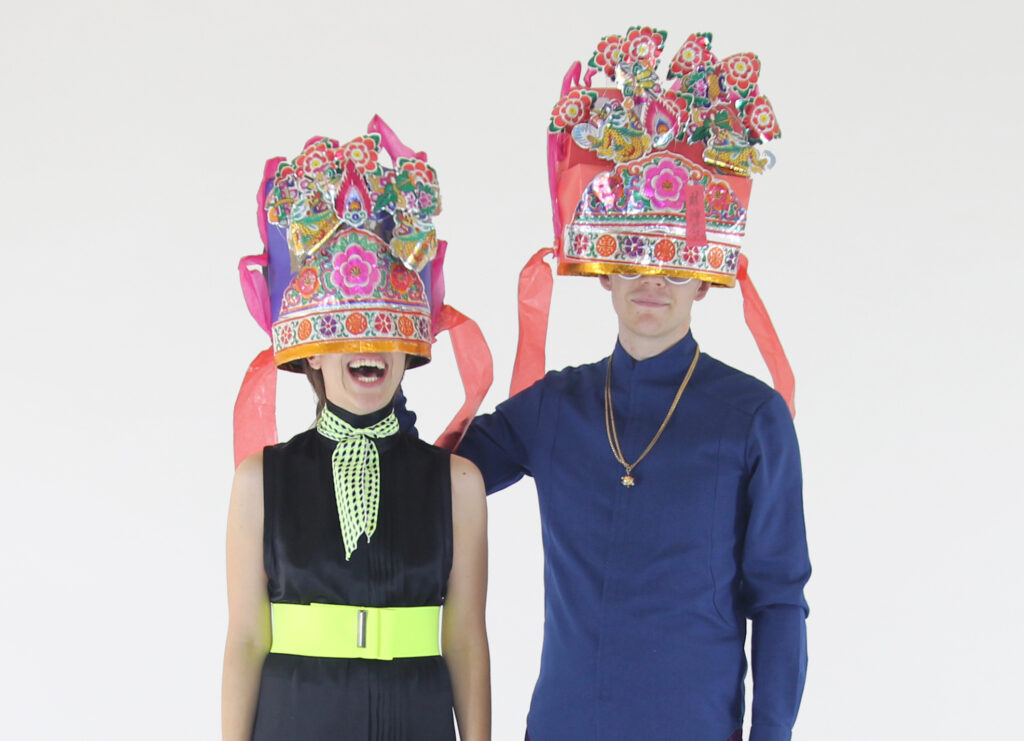
An Interview With Avatars
Space Popular is a multidisciplinary design and research practice led by Lara Lesmes & Fredrik Hellberg. They make physical spaces — buildings, interiors, furnishings — and virtual spaces, concentrating on how the two will be fused in the future. Their augmented virtual reality project “The Venn Room” was on display at the Tallinn Architecture Biennial main exhibition.
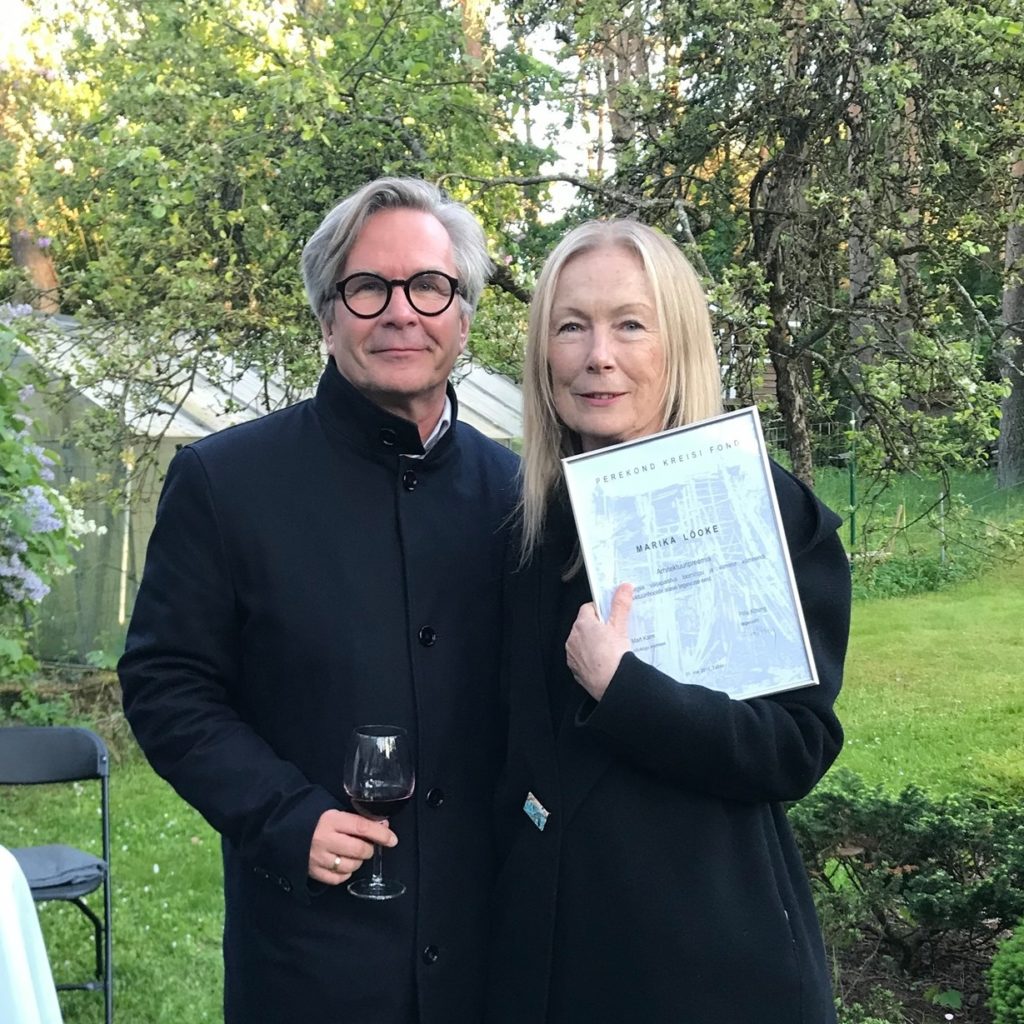
Acknowledging unnoticed architecture. The foundation of the Kreisi family
The foundation of the Kreis family is the first foundation by a local family to support architecture that was established by Heljo Kreis in 2012. The aim of the foundation award is to acknowledge noteworthy phenomena, alternative practises and versatile creators who have remained on the margin of the mainstream Estonian architecture.
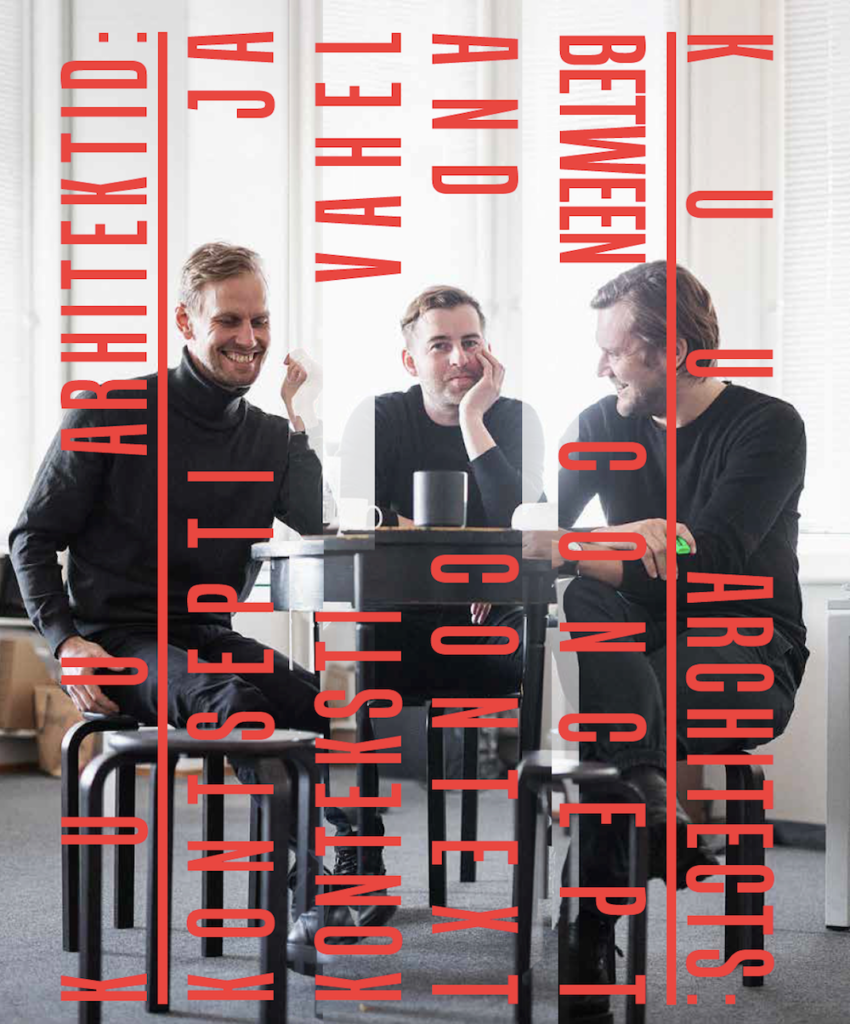
KUU Architects. Between Concept and Context
The architecture offices born at the time of economic downturn are inevitably much less inclined to undertake bold experiments than the ones whose beginnings are rooted in more auspicious times. Instead, what becomes crucial then is an ability to make the most out of the limited resources in a nuance-sensitive way. Thus, KUU architects are, in a sense, minimalists, yet they do not seek minimal form, but look for opportunities to efficiently utilise the existing contexts in order to create spaces that empower its users.
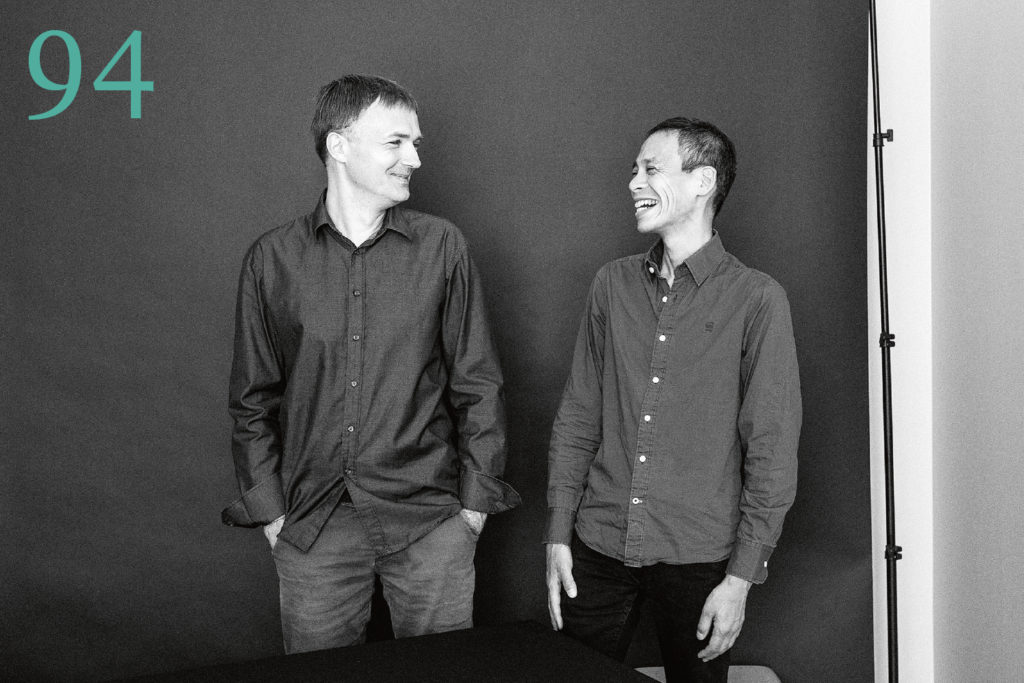
Tomomi Hayashi and Hanno Grossschmidt. Thinking in terms of material
It seems that in architecture, the only way to ensure high quality is to rely on commitment, consideration and precision. Tomomi Hayashi and Hanno Grossschmidt do their work in a composed manner with professionalism and commitment. And their architecture speaks for them.
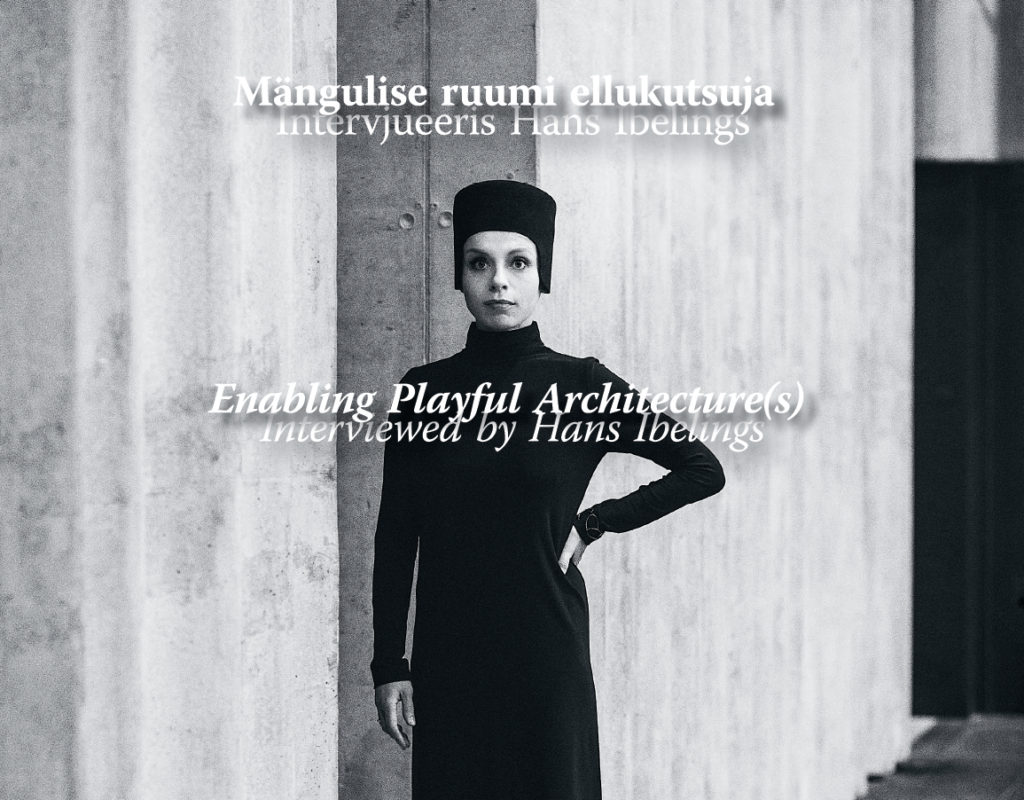
Veronika Valk-Siska. Enambling Playful Architecture(s)
For Veronika Valk-Siska, architecture neither begins nor ends with a design or a building. Her career in architecture until now can be read as a reflection of an increasingly expansive understanding of what architecture could be.

Br(e)aking Ground
Any kind of construction must be stopped. Based on her Master’s thesis ‘30 Years of Pause. Research about doing not’ that she defended at the Eesti Kunstiakadeemia / Estonian Academy of Arts in 2021, Ulla Alla asks, “Is it enough already?”
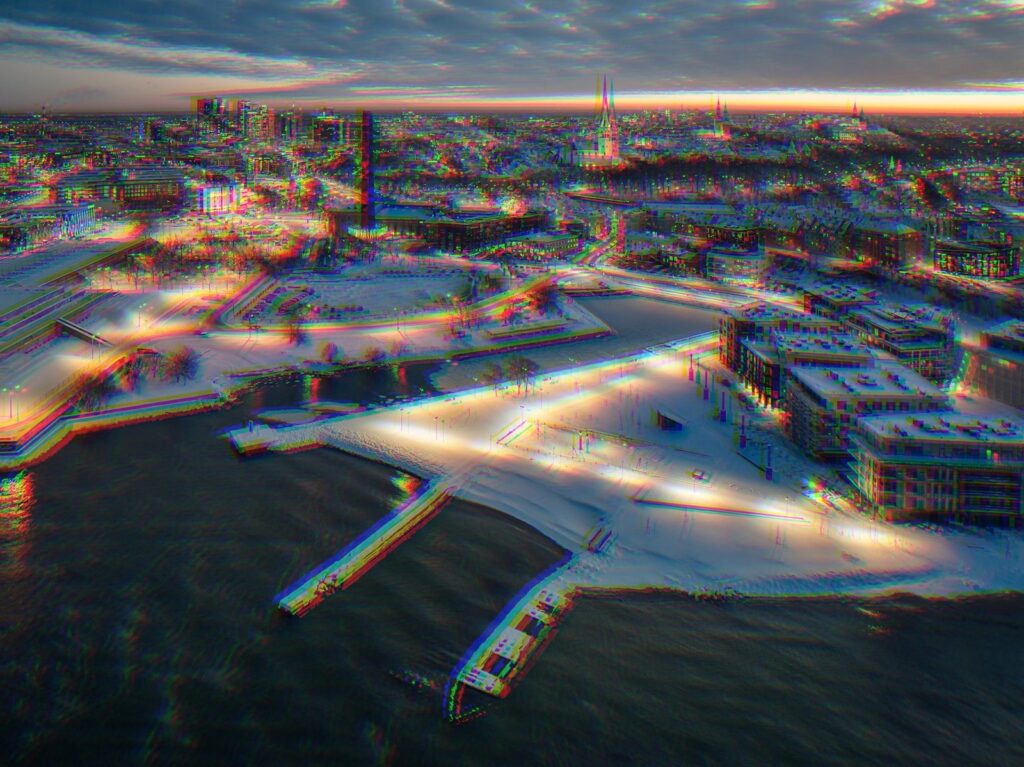
Who Hacks the City?
The genesis of Kalarand is a search for novel urban ideals. Amidst arduous planning and controversy, a number of urban activists matured and professionalised. In a prototyping-like process, several expectations we consider fundamental today on the subject matter of public space and spatial justice were made visible, and solidified. Johanna Holvandus writes on the changes in urban activism and urban processes.
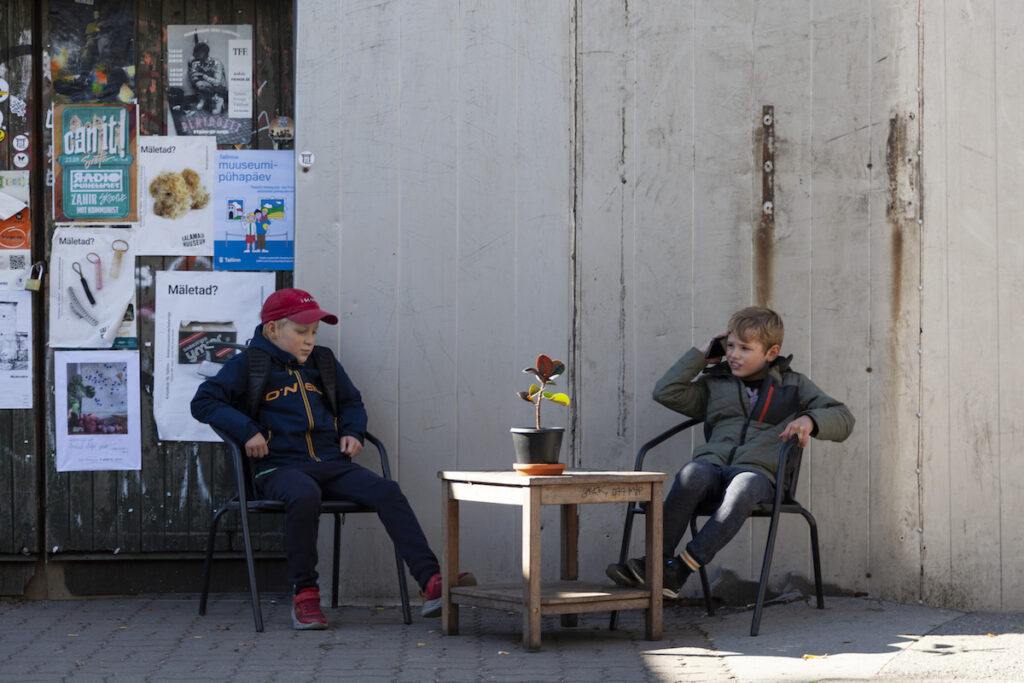
On Housing and the Public Sector’s Responsibility in a Society with a Free Market Fetish
As a country that has experienced Europe’s biggest increase in real estate prices, we will soon face the question: how to avoid reaching the top in segregation and spatial inequality too? Hannes Aava explores.

Charlotte Malterre-Barthes
Laura Linsi writes about the architect and educator behind ‘A Moratorium on New Construction’—the initiative that argues in favour of reviewing what in space production is desirable and what has ceased to be so.
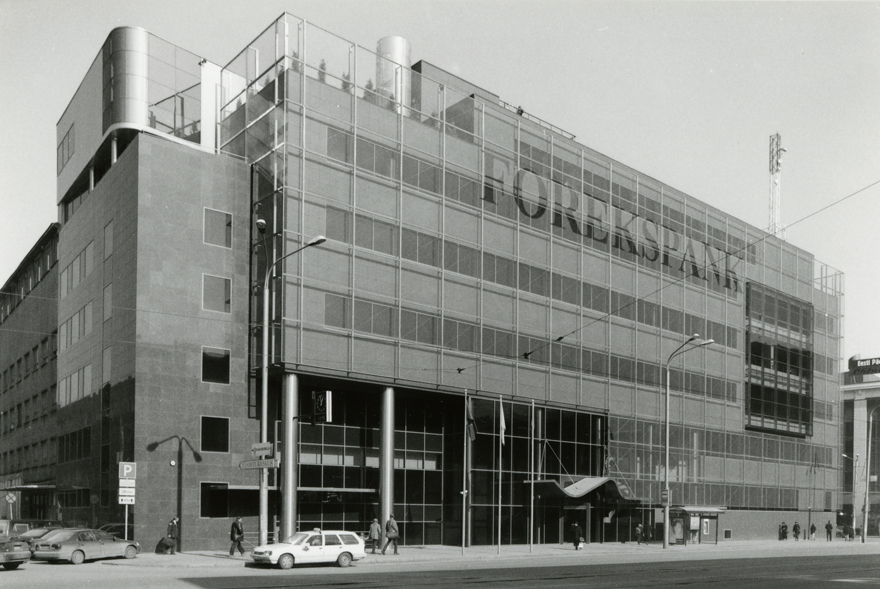
Radio. Riches. Repository.
The bank building standing on an old industrial frame on Narva Road proves its ability to also serve as a public library. The obligation to survive various eras and situations is common to both buildings and people, Madli Kaljuste ponders.

On Coming to an Agreement, or, How We Still Don’t Have a Spatial Law
How about we agree that from here on out, we will be implementing only good spatial solutions? Okay?
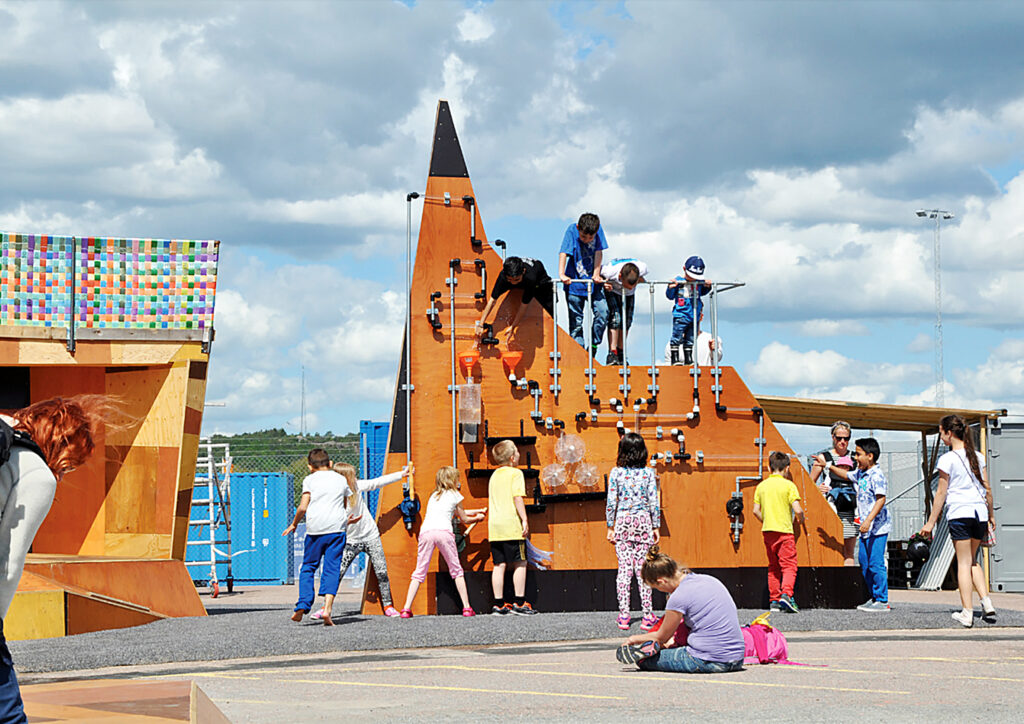
The process within the process
Gothenburg’s Jubileumsparken is being designed with an open mind and all changes are welcomed with open arms: it is still unclear what kind of spatial disruptions will be implemented and where these manipulations will come into play. This depends on the parties involved and their reactions to the process.

Streets and Squares
Is EV100 Great Public Space programme revealing or creating the uniqueness of small towns?
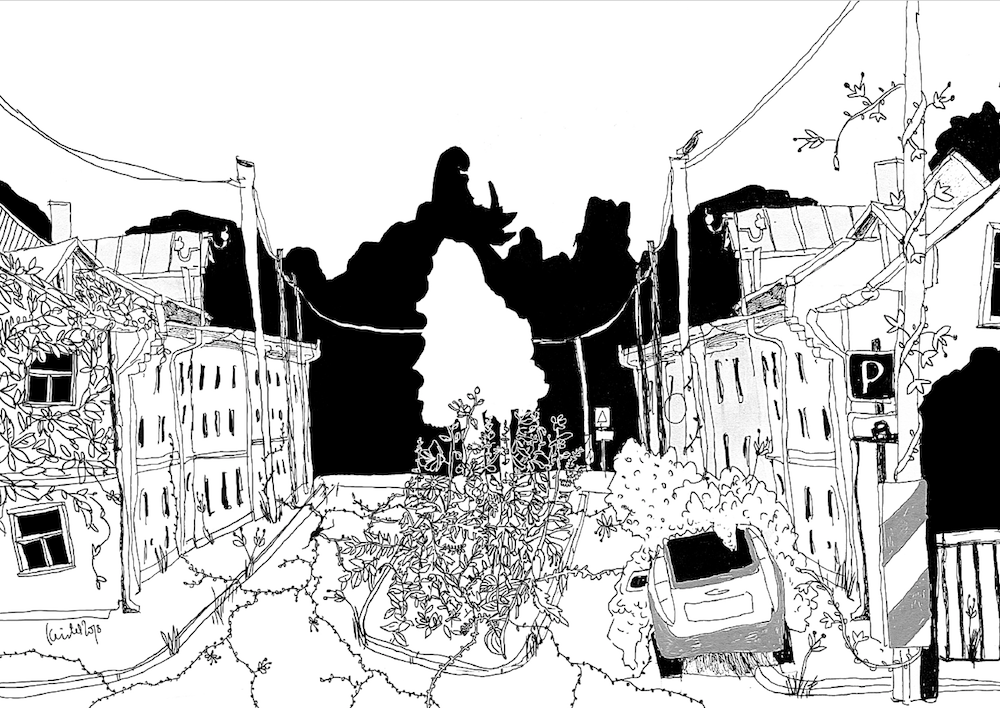
The Era of Green Deserts
The order of nature is complex, interesting and beautiful. However, mankind’s understanding of order and beauty tends to be somewhat primitive and thus we are increasingly losing the sense of balance that could direct our activities. Green areas are meant for public use, but in reality they have become neatly mowed lawns that people never walk on and that we have consequently made unsuitable for other living organisms.
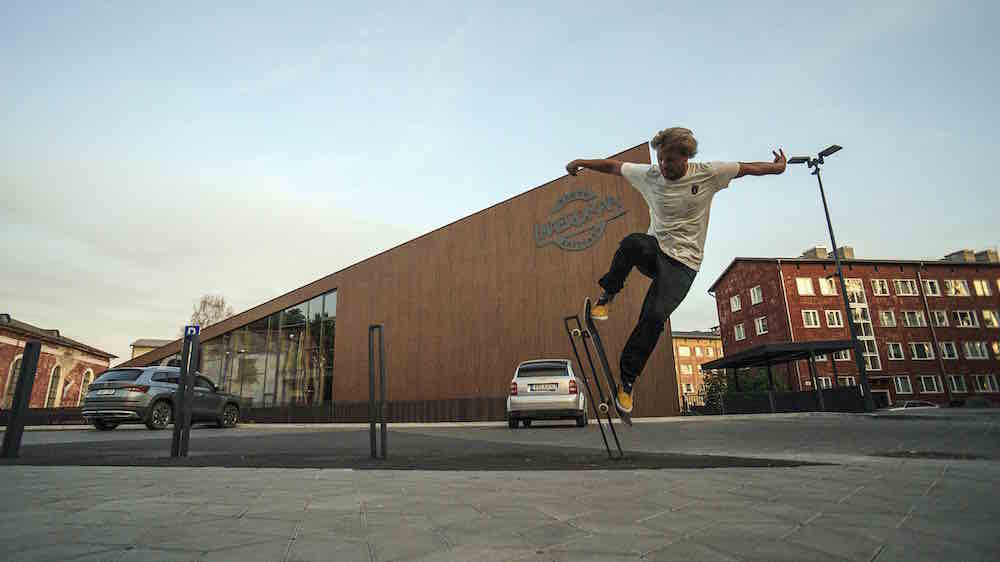
Architecture That Invites You to Move
How to design public spaces to make us enjoy our daily movement?

Humbly Majestic. Arvo Pärt Centre at Laulasmaa
The centre dedicated to the composer Arvo Pärt is loaded with many different expectations which set very high standards for the architecture. A successful architectural space not only provides a particular set of facilities, but also functions as an abstract machine, a means to contemplate our place in grander schemes of things.

Luther Machine Room: a Temple of the Industrial Era
Strict special conditions set by the National Heritage Board have ensured excellent renovation results but not the thunderbolt contemporary solution on a par with the original.

A Bogscape in a Birdcage
The renovation of 44 Queen’s Gate Terrace was completed more than a year ago, after which the embassy’s doors were also opened to visitors, whose numbers have risen impressively. A fair testament to high public interest in the building is the fact that on the city’s annual embassy open-doors day, the Estonian Embassy was so popular that the amount of people wishing to tour it exceeded the limited time frame allowed.
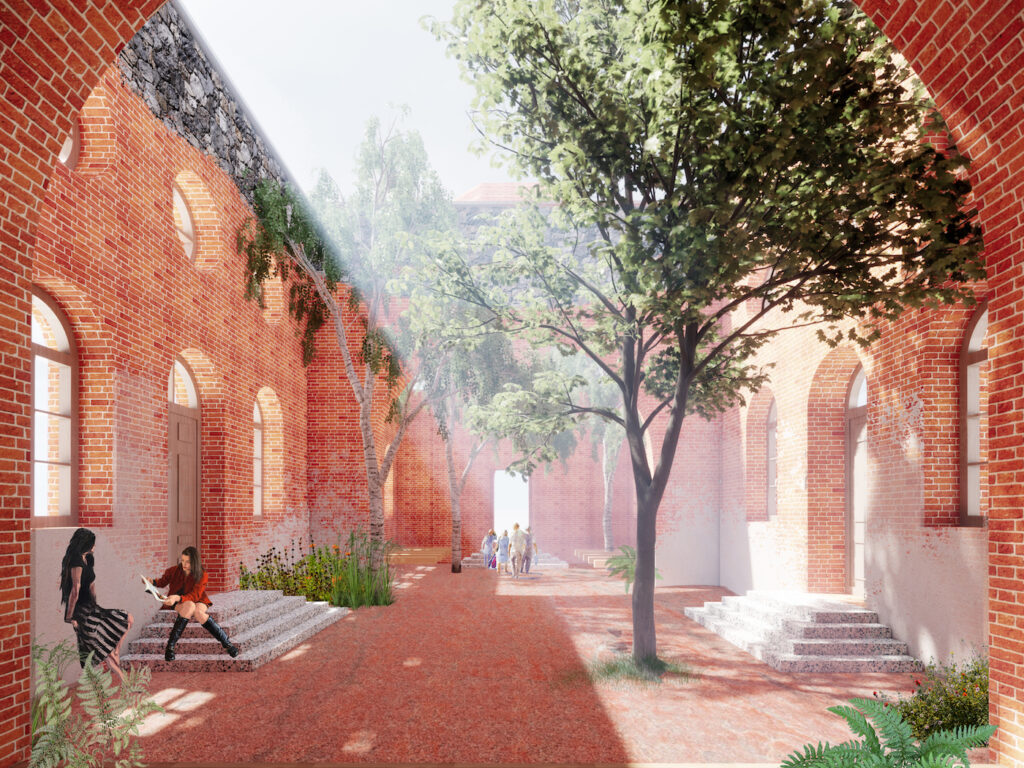
The Enabling Heritage Space in Lihula
Lihula is a small town where every new business can potentially shift the focal point. The competition ‘Great Public Spaces’ dedicated to the 100th anniversary of the Republic of Estonia focused on the historical axis and main street of the town–Tallinn Road. Our competition entry ‘Hõbelauk’ aimed at diversifying the street space and highlighting the mysterious local spatial potentials. We wished to allow every new potential to rise and shine thus enhancing the appearance and also natural disappearance of various places.
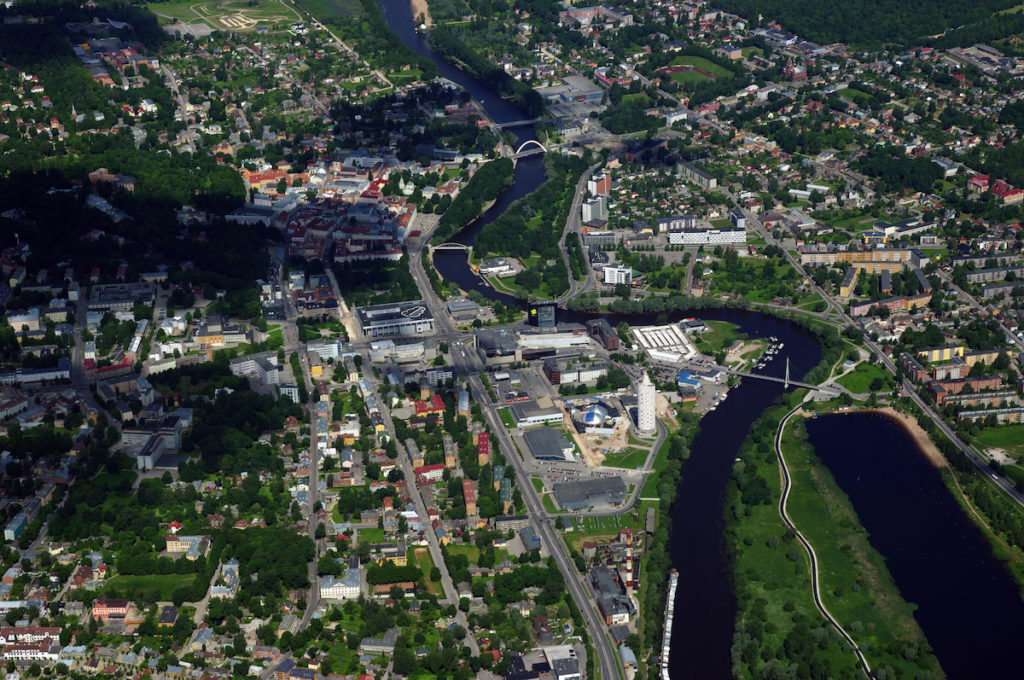
River Town Tartu – Four Competitions for the Banks of River Emajõgi
Several competition entries captured quintessential characteristics of Tartu. How to plan future competitions so that these characteristics could be more systemically written into competition briefs and implemented in 21st century projects?

Antidepressants for small towns
“Great Public Spaces” competitions have an unprecedented historical value – the improvement of the quality of the spaces between the buildings has never been approached so systematically. The first of the fifteen squares are completed and ready for use. How did the innovations suggested in the winning entries transform into projects and from paper to space?
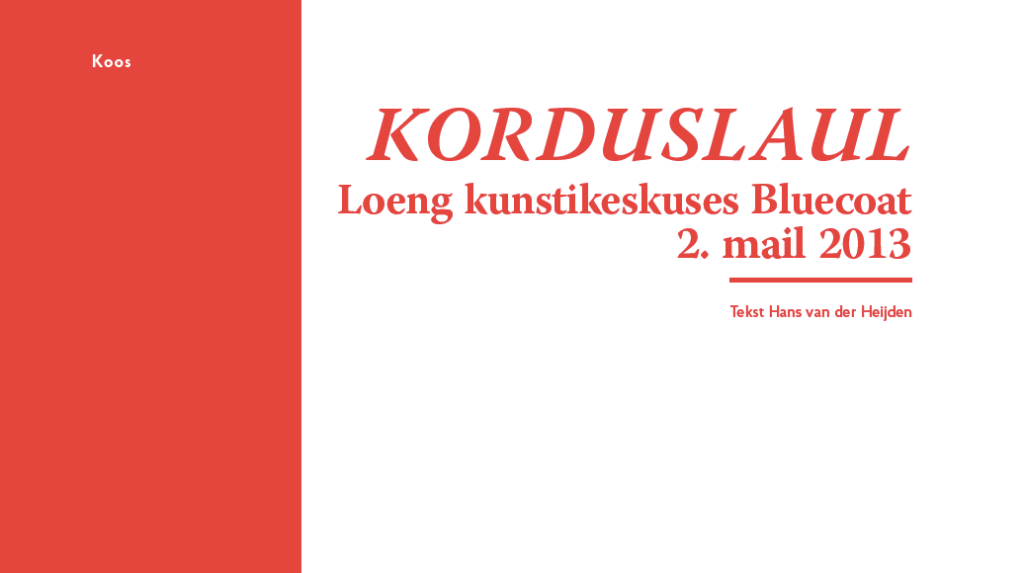
Call and response
Nobody in the architectural domain still regards Contextualism still in terms of mimicry or imitation. A good building is not designed by doing like the neighbors do, by keeping up with the Joneses. There is no such thing as contextual authenticity. On the other hand there is little believe anymore in the power of the iconic building. The contextual designer seems to be caught in the paradox of the personal creation of something that is recognized as local and impersonal.I will not try to rewrite the critique of contextualism in architecture. Rather, what I will try to do is say something about working methods. I will speculate on a ‘knowhow’ of contextualism, much rather than a ‘knowwhy’.
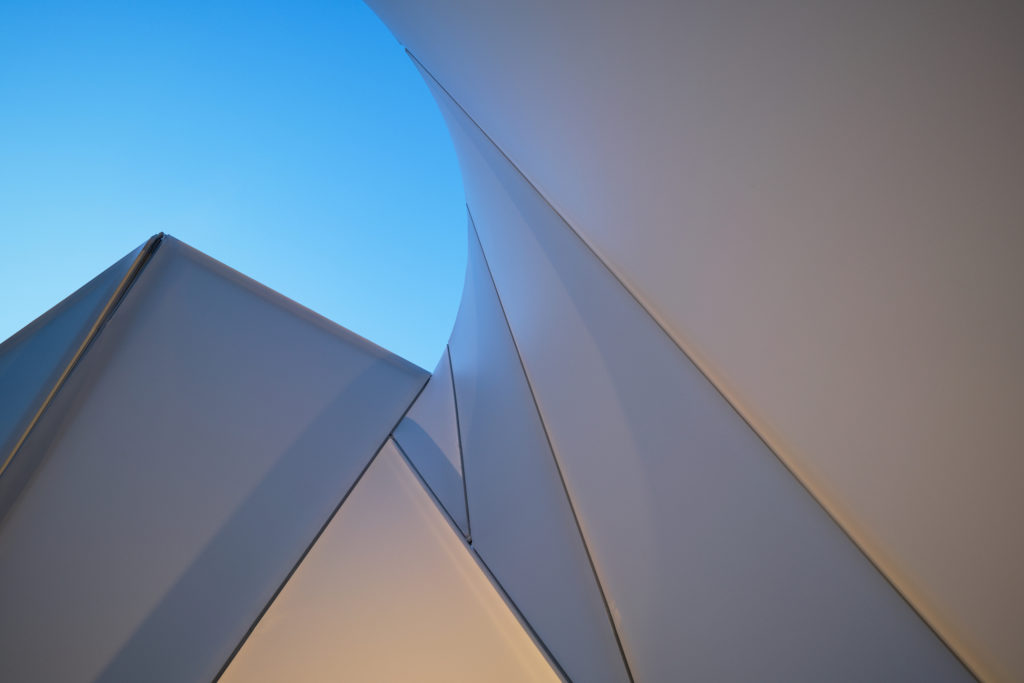
These walls, they talk
The objective of the subjective preference theory founded by the Japanese acoustician Yoichi Ando is to examine the emergence of a satisfying aural experience in a space that supports learning and creative processes.
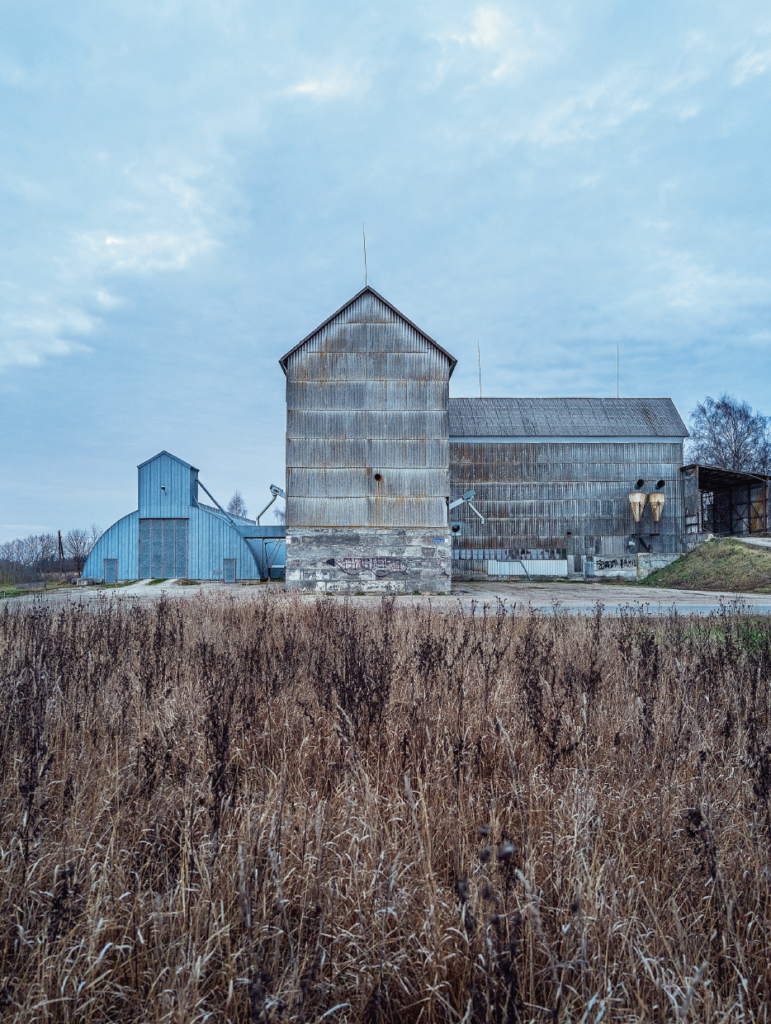
Maschinenwerke
Photo essay 2019.

Karlova Obscura
Fotoessee.
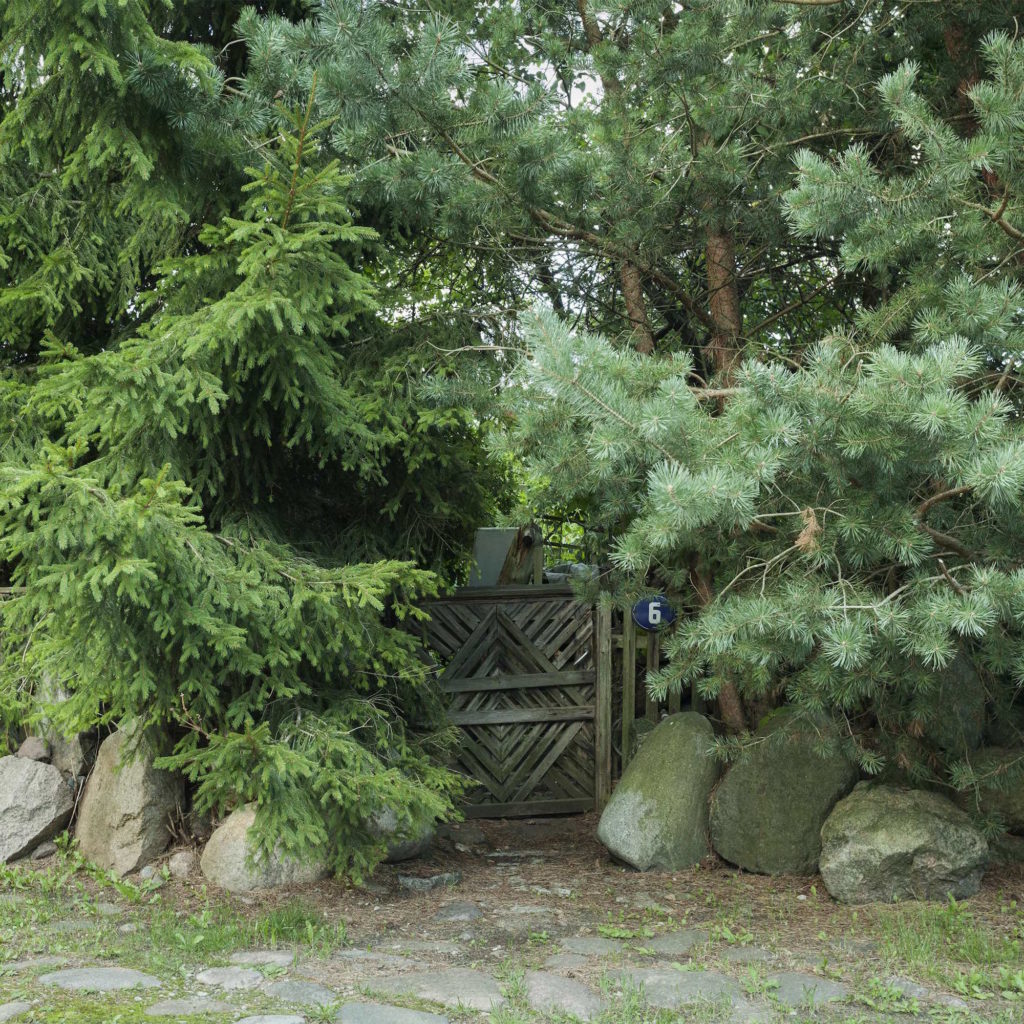
Urban Observations: Fenced Garden City
Photo Essay
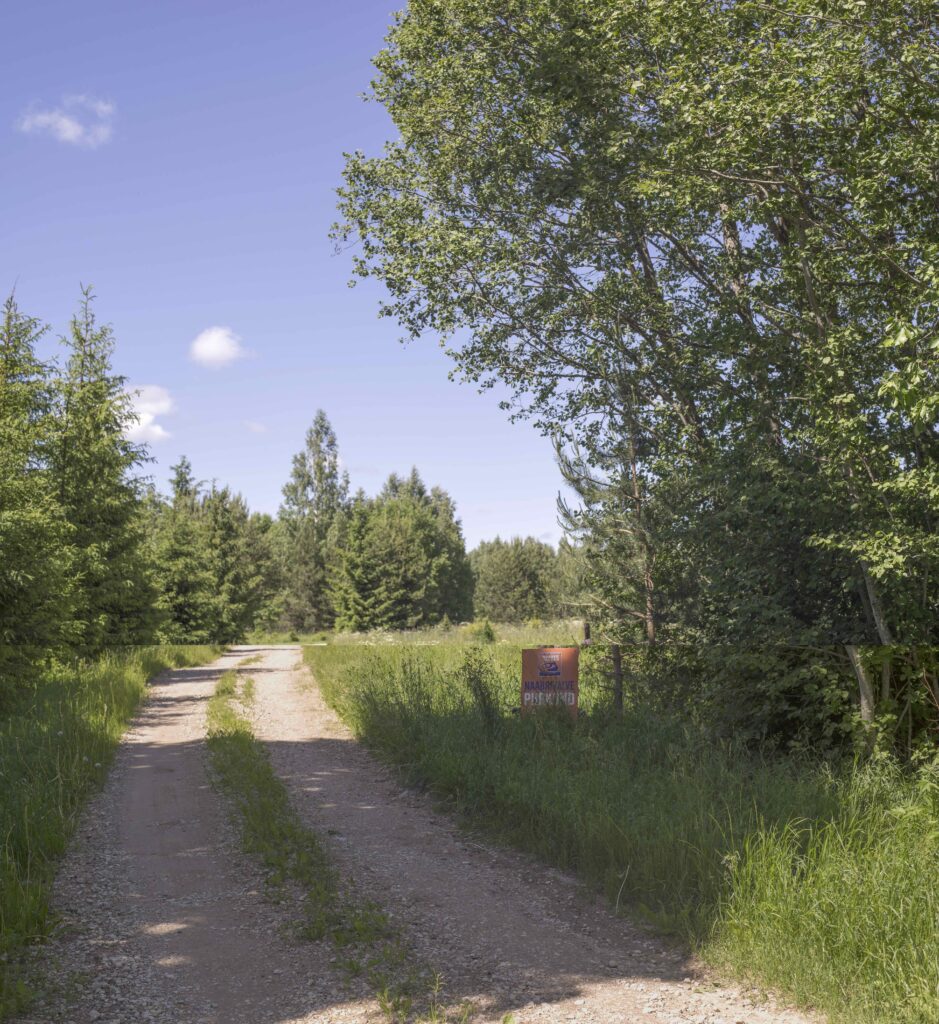
Rail-Baltic Route
This photo series offers some visual background to the emotional debate that has captivated society. The photos were taken in spring/summer 2017. Around 80 locations that are on the proposed route were photographed, from Maardu to the Latvian border.






